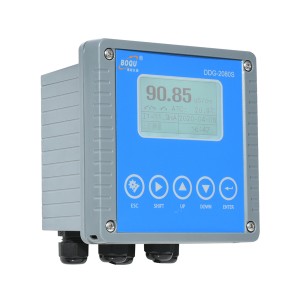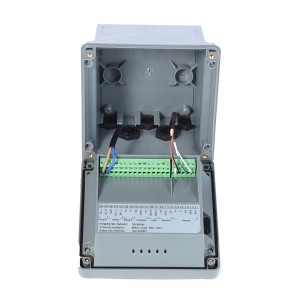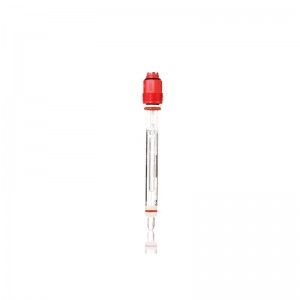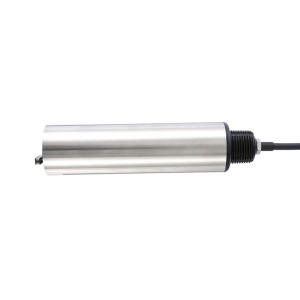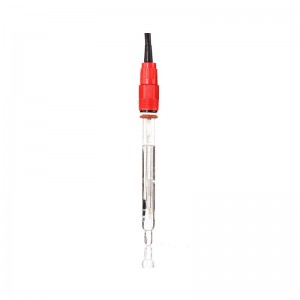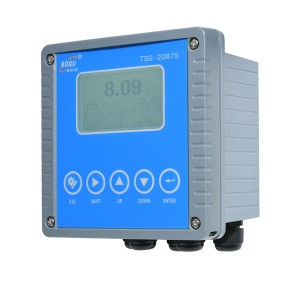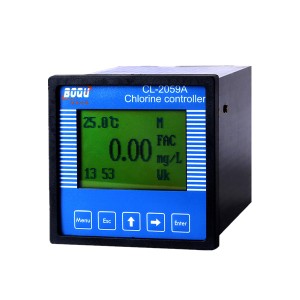Instruments are used in industrial measuring of the temperature, conductivity, Resistivity, salinity and total dissolved solids, such as waste water treatment, environmental monitoring, pure water, sea farming, food production process, etc.
|
Specifications |
Details |
|
Name |
Online Conductivity Meter |
|
Shell |
ABS |
|
Power supply |
90 – 260V AC 50/60Hz |
|
Current output |
2 roads of 4-20mA (Conductivity .temperature) |
|
Relay |
5A/250V AC 5A/30V DC |
|
Overall dimension |
144×144×104mm |
|
Weight |
0.9kg |
|
Communication Interface |
Modbus RTU |
|
Measure range |
0~2000000.00 us/cm(0~2000.00 ms/cm) 0~80.00 ppt 0~9999.00 mg/L(ppm) 0~20.00MΩ -40.0~130.0℃ |
|
Accuracy
|
2% ±0.5℃ |
|
Protection |
IP65 |
Conductivity is a measure of water’s capability to pass electrical flow. This ability is directly related to the concentration of ions in the water
1. These conductive ions come from dissolved salts and inorganic materials such as alkalis, chlorides, sulfides and carbonate compounds
2. Compounds that dissolve into ions are also known as electrolytes 40. The more ions that are present, the higher the conductivity of water. Likewise, the fewer ions that are in the water, the less conductive it is. Distilled or deionized water can act as an insulator due to its very low (if not negligible) conductivity value 2. Sea water, on the other hand, has a very high conductivity.
Ions conduct electricity due to their positive and negative charges
When electrolytes dissolve in water, they split into positively charged (cation) and negatively charged (anion) particles. As the dissolved substances split in water, the concentrations of each positive and negative charge remain equal. This means that even though the conductivity of water increases with added ions, it remains electrically neutral 2
Conductivity Theory Guide
Conductivity/Resistivity is a widely used analytical parameter for water purity analysis, monitoring of reverse osmosis, cleaning procedures, control of chemical processes, and in industrial wastewater. Reliable results for these varied applications depend on choosing the right conductivity sensor. Our complimentary guide is a comprehensive reference and training tool based on decades of industry leadership in this measurement.
Conductivity is the ability of a material to conduct electric current. The principle by which instruments measure conductivity is simple—two plates are placed in the sample, a potential is applied across the plates (normally a sine wave voltage), and the current that passes through the solution is measured



